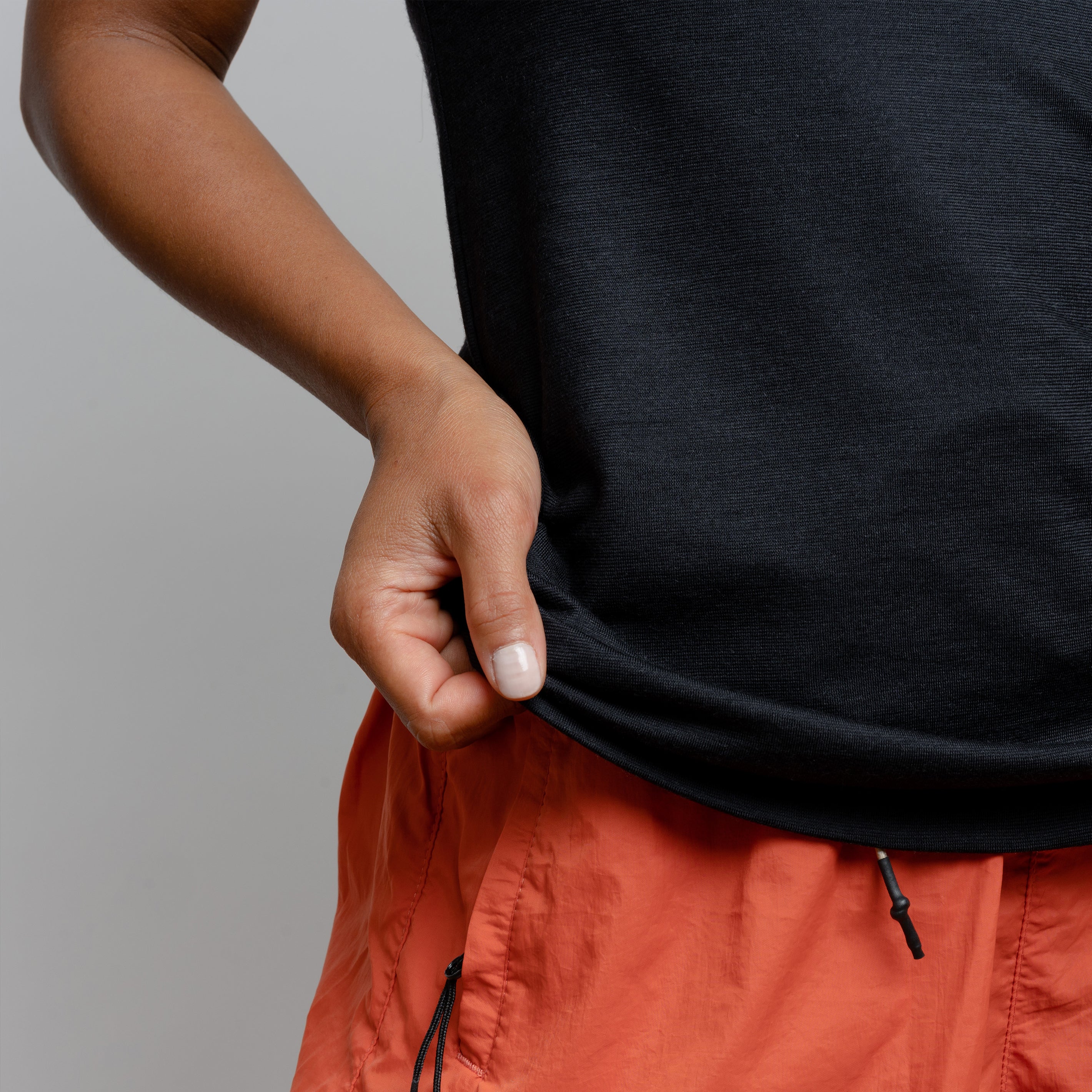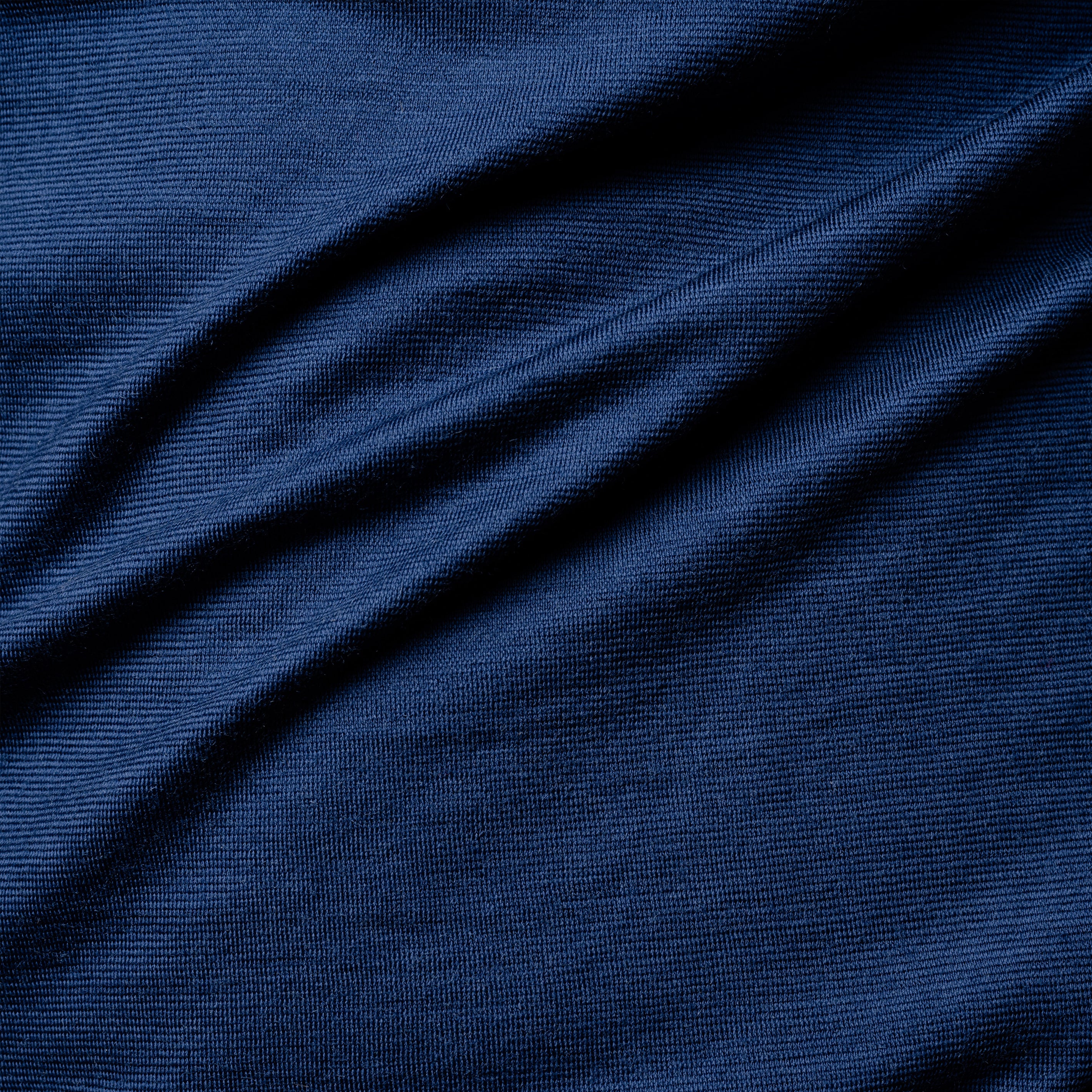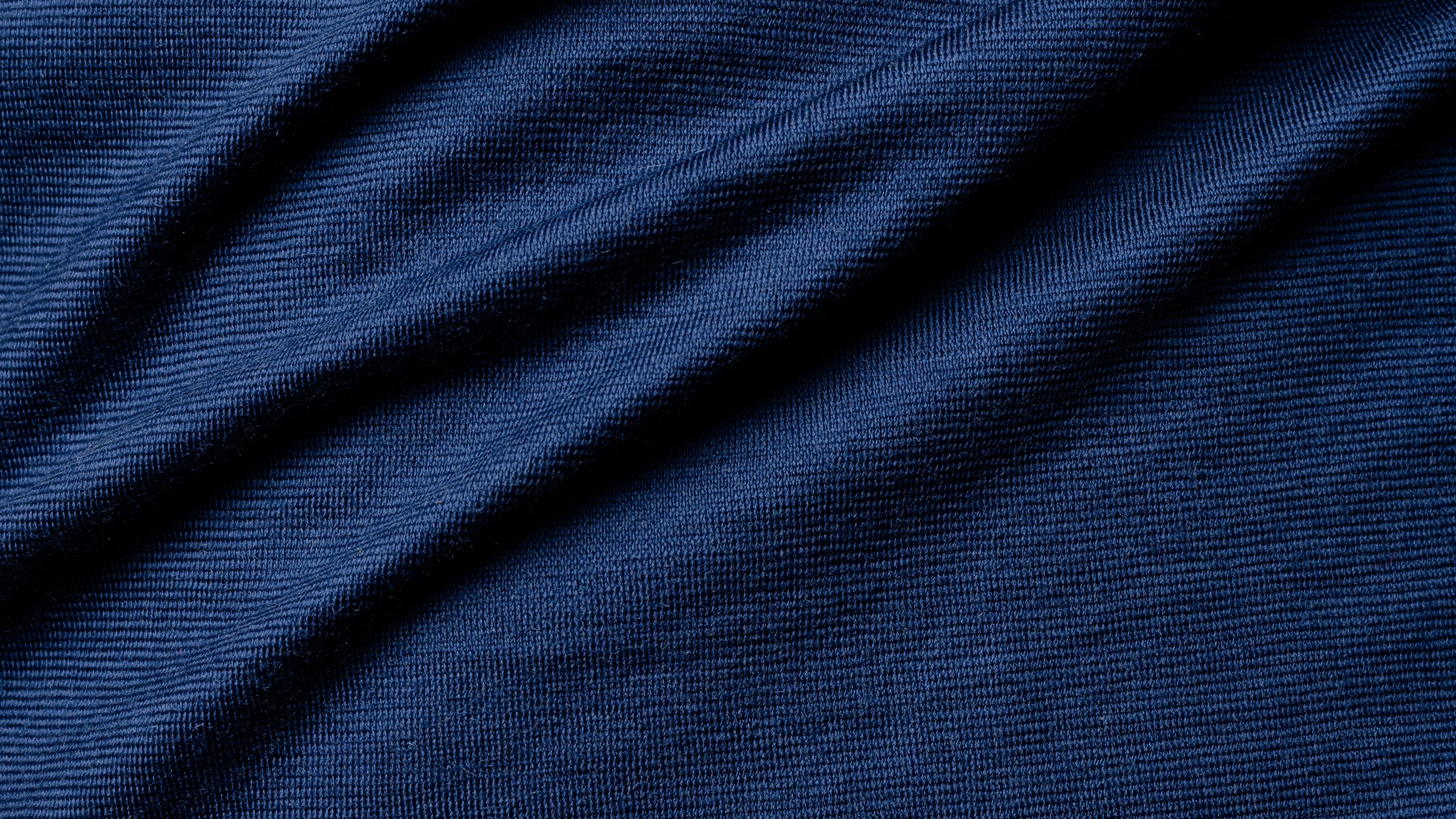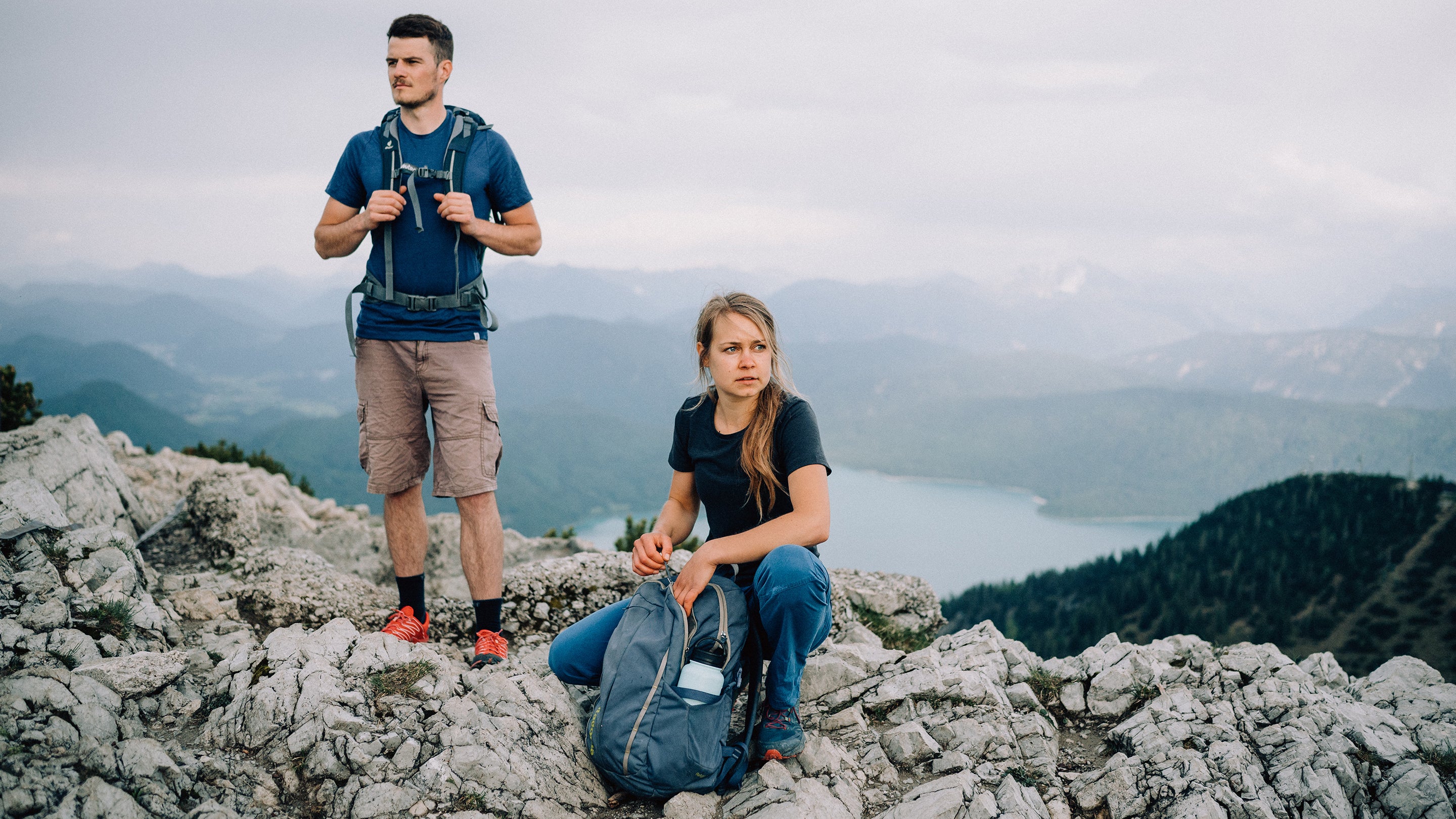The layering principle for functional underwear/3-layer system (base, mid, shell layer)
Be well prepared for every temperature situation? This is easily possible with the onion principle. Instead of wearing a thick jacket to brave the cold, you wear several layers of clothing on top of each other. Here we reveal what is behind the onion principle and what there is to know about it.
What is the onion principle?
The onion prince is inspired by nature. Like an onion, there are several layers on top of each other. The different layers of clothing are combined with each other to be well prepared for any outside temperature. You can flexibly add to the shifts or omit individual ones as the conditions change. Especially in spring or autumn you can explain the onion principle with an example. The morning is cold and you leave the house with a jacket to face the cold. Sweaters and underwear are worn underneath. When the temperatures rise in the afternoon, the pullover is enough and the jacket is taken off. If it gets colder again in the evening, the jacket is put on again and the temperature differences are cleverly compensated.
How does the onion principle work in outdoor sports?
Basically the same, but with outdoor sports there are additional factors in addition to different air temperatures and weather situations. Firstly, physical activity and exertion, and secondly, the associated sweat and excess body heat.
The layers of clothing must therefore be precisely matched to each other in terms of their functionality, especially in sports. An ideal body climate is achieved when the individual layers ensure optimal moisture and climate management. It is also important that you can react quickly during breaks or changing weather conditions and can take off or add a layer.
The Three Layers
The first layer, the base layer, is the underwear, it is worn directly on the skin and has the heaviest task of the three layers. It should cool us when it is hot and warm us when it is cold, regulate moisture, dry quickly and not smell unpleasant after a short time. 100% merino wool or synthetic blended fabrics are best suited for this. Cotton should be avoided as it absorbs a lot of moisture. Tip: The tighter and wrinkle-free the clothing sits on the skin, the better the moisture regulation works.
The second layer, the mid-layer, is used entirely for insulation. How much it should keep us warm depends entirely on the external conditions and requirements. Here, too, the thickness and quantity of the layers can be individually adjusted to the temperatures. A thin fleece when it's a bit warmer or the soft shell in cold temperatures. Important: Don't forget your legs to avoid freezing a pair of wool pants. As with the base layer, the layers should also be put together with regard to moisture absorption and the functionality of the materials.
The third layer, the outer shell, provides weather protection. It keeps wind and rain out and also protects us from cooling down. It also protects us from the sun's UV rays and keeps annoying insects away from our skin. Breathability is particularly important here, because excess heat and moisture should be able to escape easily. A soft shell jacket is ideal for dry weather. The waterproof rain jacket is only used when it rains.
How many layers do I need?
Several factors play a role in being optimally prepared. Personal experience is very important as each person has an individual temperature sensitivity. While one is still wearing a t-shirt and feels comfortably warm, the other is already freezing and has a pullover on. It also depends a lot on the activity you intend to do. Nevertheless, the following points can be used as a guide:
- Good planning: A look at the weather forecast for the upcoming tour is a must and decides on the right choice of clothing. Don't forget a change of clothes.
- Several thin layers: Especially useful for sports and activities that make you sweat, because you have more leeway and can also take targeted action against overheating.
- Too many layers: Freedom of movement can be severely restricted if too many items of clothing are worn one on top of the other.
- Start of the tour: Right from the start, you shouldn't forget that movement generates heat, so if you don't feel cold before you start running, you're probably overdressed.
- Head and hands: The onion principle can also be transferred wonderfully to the head and hands, for example with the hat and hood of the jacket for the head or under gloves and mittens for the hands.
Conclusion
The onion principle is useful and easy to use. A targeted and skilful combination of several layers of clothing can be used to compensate for weather and temperature fluctuations in outdoor sports or in everyday life. You can individually put on or take off an additional layer of clothing.
A distinction is made between three layers in the onion principle with different specializations: The base layer directly on the skin with the focus on moisture transport. The mid-layer for warmth and insulation and the outer shell for protection against wind and weather. The layers must be precisely coordinated in terms of moisture transport between the layers and breathability.
How many layers you need in the end depends on your own temperature sensitivity and the planned activity, whether it’s a sport or an outdoor tour. Sweaty activities usually require fewer layers than going for a walk.

Areas of application of merino wool
Back to all questions
Properties of merino wool
Learn more
Production of merino wool
Learn more
















